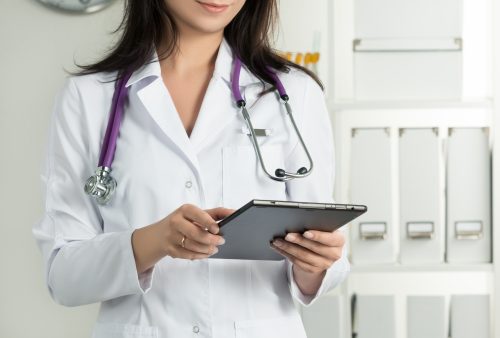The following course discusses the characteristics of the poor population, available money for individuals in the deepest levels of poverty, and average medical care needs among people living in poor and deep poor families. Even with the additional aid of government programs, Americans at the bottom of the income distribution frequently struggle to meet their fundamental necessities on extremely restricted salaries. This includes those with incomes less than 50% of the poverty line.
Additionally, the course ends with implications for sharing medical costs among low-income individuals. Analyses are limited to people under the age of 65 and those living in families headed by an adult under the age of 65.
What you will learn:
- Demographics of populations in deep poverty
- Thresholds for deep poverty
- Common financial challenges faced by those in deep poverty
- Impact of economic systems of deep poverty
- Barriers to health care for individuals in deep poverty
- Quality of health care received by individuals in deep poverty
Details
Course length: 30 minutes
Languages: American English
Key features: Audio narration, learning activity, and post-assessment.
Get Certified
American Medical Compliance (AMC) is a leader in the industry for compliance, Billing, and HR solutions. To become certified, please visit us at: American Medical Compliance (AMC).
Reach out for other courses by visiting the AMC Course Library.
Quick Facts
In addition, having an understanding about people’s backgrounds and lives is helpful for healthcare providers. As a result, the provider is more likely to be empathetic towards their patients and their financial circumstances. Below are some reasons as to why the content discussed throughout this specific training course is important.
- Low-income people are more sensitive to even minor increases in medical out-of-pocket costs, and even small copayments might reduce access to required medical treatment.
- Medical fees, premiums, and copayments may add to the financial strain on low-income persons who need to see a doctor.
- The problem worsens for low-income families, who have no money to cover out-of-pocket medical expenses, such as copays for medical visits.
Looking at Poverty-Related Data
Furthermore, data from 2013, 45.3 million individuals are officially classified as poor, representing 14.5 percent of the population. Moreover, 19.9 million persons are considered to be deeply impoverished, with an income that is less than 50% of the federal poverty line. There are 6.3% of Americans living in extreme poverty. almost one-third of the people living in extreme poverty are children, almost 6.5 million of them are under the age of 18.
What Percentage of Families are Living in Poverty?
Adults without children make up about two-thirds of working-age individuals whose family income falls below 50% of the poverty line. Meanwhile, more than one-third (36%) reside in homes with children.
Comparatively to 26% of working-age people whose family income falls below 50% of poverty, roughly one-third of those with family incomes between 50% and 100% of the threshold work part-time or for a portion of the year.



